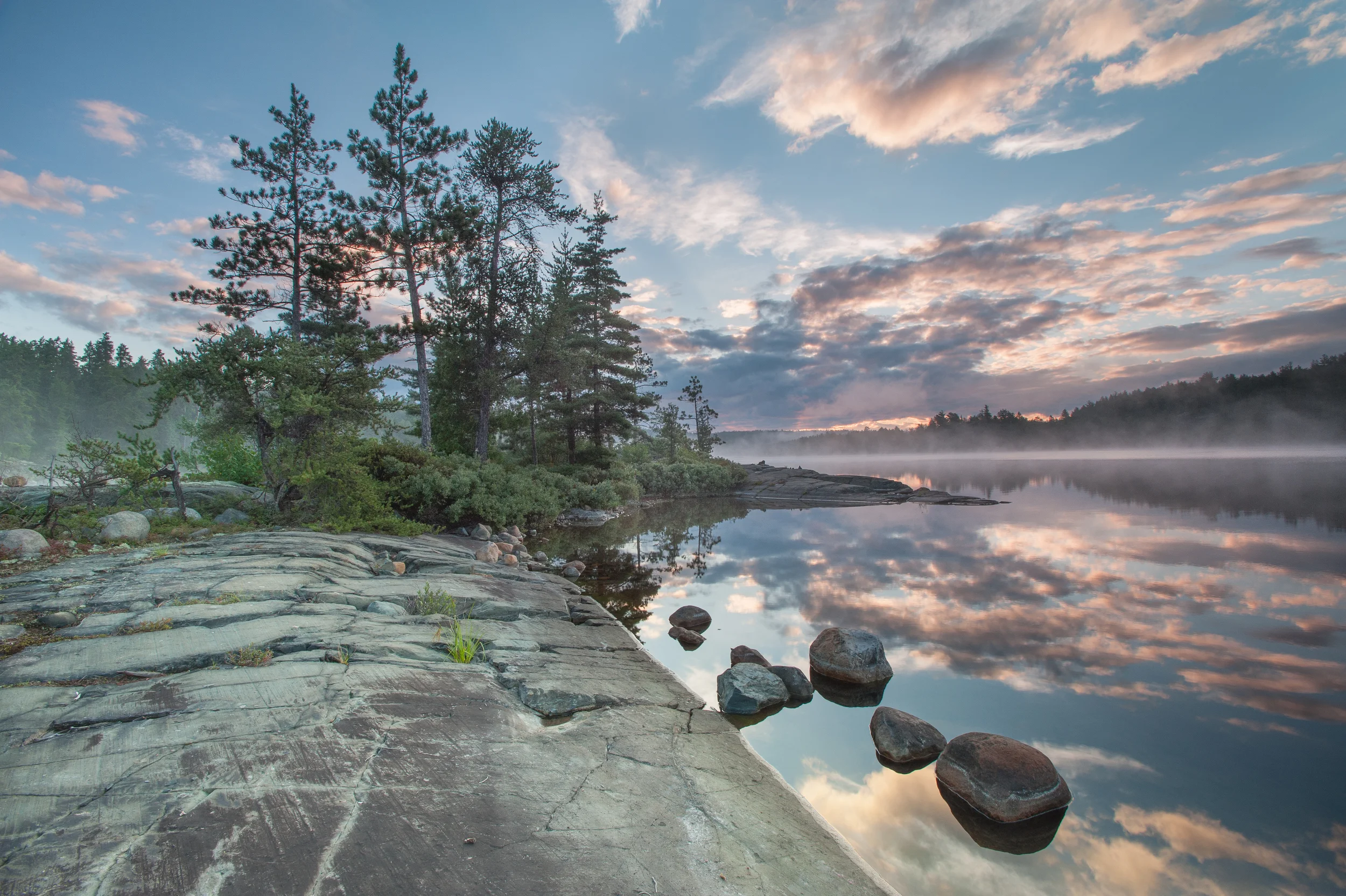Since 1995, the Friends of Temagami has been the pre-eminent voice for wilderness ecosystems, protected areas, and backcountry recreation in the Temagami area.
FOT is a non-profit organization operated entirely by volunteers. Our funding comes from map sales, donations, and memberships. By buying a map, becoming a Friend, or making a donation, you are directly supporting our work.
“Fighting the good fight is what operating a small-yet-powerful conservation group is all about. The Friends of Temagami has never given up the fight to strive towards the quality of life and environment in one of the world’s most beautiful places. Thanks in part to FOT, Temagami is indeed the diamond jewel of Northern Ontario and a point of pride for the country of Canada and the world.”
What We've Achieved since 1995
2014
FOT hosts two successful Wolf Lake art shows, in North Bay and Hamilton, and publishes the Spirit of the Red Pine book. FOT builds and installs 10 thunder boxes in memory of avid outdoorsman Dr. Steve Buttrum. FOT releases the Obabika Lake & Maple Mountain Canoe Trip Companion Map.
2013
FOT and Friends of Grassy River reopens the historic Little Hawk Portages over the Arctic Watershed and initiates a multi-year project to rehabilitate the Temagami Island hiking trails. FOT is a main force behind the pARTners for Wolf Lake Art Camp.
2012
FOT releases the Temagami Adventure Planning Map, a major step toward stable funding for our activities. FOT is a founding member of the Wolf Lake Coalition, formed to protect the world's largest old-growth red pine forest.
2011
FOT is a founding member of the Ontario Rivers Alliance, which is formed to protect, conserve, and restore healthy river ecosystems in Ontario. FOT asks the MNR to extend the minimum level of protection to all un-designated canoe routes in Temagami, providing basic protections from logging activities.
2010
FOT requests that the Ministry of the Environment conduct an Independent Environmental Assessment of the Timiskaming Forest Management Plan in order to protect the ecological integrity of the West Montreal River Provincial Park and the Makobe River Provincial Park, as well as protect the Willow Island Creek canoe route east of Maple Mountain. FOT partners with the Ministry of Natural Resources to document and maintain canoe routes, portages, and campsites through the Crown Land Maintenance Partnership, marking our return to this historically important activity.
2009
FOT cooperates with the MNR and Vermillion Resource Management Inc. to ensure that forestry in the Chiniguchi area protects the ecological integrity of the Sturgeon River Provincial Park. FOT prevents a new bridge crossing of the river and significantly reduces clearcutting adjacent to the park. Protection for the Yorston River, Pilgrim Creek, Haentschel Lake, and Rawson Lake canoe routes is also increased. FOT advocates for the protection of portages and campsites on Olive, Brophy, and Marian Lakes in the Municipality of Temagami’s Lot Creation and Development process.
2008
FOT launches four years of intensive forestry advocacy through involvement in both the Temagami and Nipissing Forest Management Plans. This leads to enhanced consultation with Aboriginal communities and protections for cultural heritage. FOT helps the Town of Latchford secure protection for the Burns and Coleman Trails. We also stop plans to reduce protection for some canoe routes and succeed in having three new viewpoints designated (Florence Lake Ridge, Dry Lake Ridge, and Chee-skon Ridge). FOT members undertake numerous backcountry projects, including restorations of the Marjorie, Blueberry-Sunrise, and Spawning-Chambers canoe routes, as well as cleaning campsites on Obabika Lake. FOT participates in Ontario’s Mining Act Review, calling for increased consideration of recreation, tourism, and wilderness values during mineral exploration and mining.
2007
FOT merges with the Nastawgan Network and the Friends of Chiniguchi to form a more effective regional advocate.
A FOT study identifies 4,700 km of canoe routes and 1,300 km of winter-only travel routes in Temagami. This overturns the commonly-held belief that there are only 2,400 km of canoe routes in here, and places Temagami ahead of Algonquin Park (1,500 km), Wabakimi (3,000 km) and Quetico/BWCWA (3,900 km). The study also identified 200 km of canoe routes which have been destroyed since 1900.
2006
FOT and Nastawgan Network call for the restriction of motorized access to the five provincial parks and eight conservation reserves included in the Temagami Integrated Plan. Friends of Chiniguchi lobbies for the protection of the world’s largest old growth red pine forest through the inclusion of the Wolf Lake Forest Reserve in the Chiniguchi Provincial Park. Annual Most Endangered Wilderness debuts, highlighting threatened canoe routes and wilderness areas across Temagami.
2005
Nastawgan Network forms to call for preservation and recognition of historic canoe routes across Temagami.
2003
FOT lobbies for the protection of wilderness and non-motorized recreation opportunities in the 2004 Temagami Forest Management Plan.
2001
FOT completes its sixth year of an annual portage and campsite maintenance program in Temagami's backcountry, which replaced a similar program abandoned by the province in the late 1980s. Wages to pay FOT's “canoe rangers” are drawn from donations and memberships. The program has revitalized more than 1,500 km of canoe routes that would otherwise be inhospitable to the average paddler. During the Municipality of Temagami’s Official Planning consultation, FOT advocates for the protection of canoe routes and the wilderness character of Lake Temagami's North Arm.
2000
FOT works with industry and government to obtain official recognition of the Blueberry Lake old-growth hiking trails.
1999
FOT assists volunteers to clear Temagami Island old-growth trails. FOT voices strong opposition to large clear cuts proposed for the 1999-2004 Temagami Forest Management Plan. The nine largest clearcuts are ultimately removed from that plan.
1997
FOT, the Wildlands League, and the Sierra Legal Defense Fund win a major legal action against the Ontario Ministry of Natural Resources. The Ministry is compelled to rewrite several forest management plans (including Temagami's) to bring them into compliance with existing provincial legislation. The legal decision is unanimously upheld on appeal and is considered a precedent setting case by Ontario's environmental law community.
1996
FOT intervenes in the Matabitchuan Dam reconstruction project, persuading Ontario Hydro to minimize environmental impacts and rehabilitate the site following the project's completion. Following that important intervention, Ontario Hydro invites FOT to participate in the planning of the 1998 Cross Lake dam reconstruction project.
1995
FOT is active in a variety of land use management processes, including the Temagami Local Citizens Committee, which advises on Forest Management Planning. FOT was similarly active during the Comprehensive Planning Process that led to the Temagami Land Use Plan in 1997.

